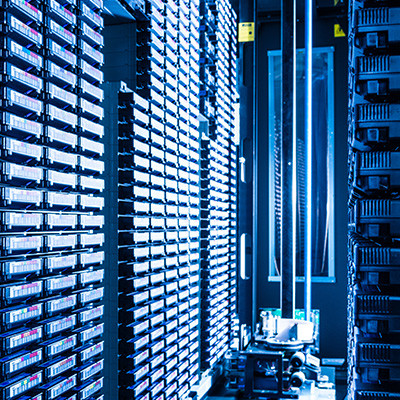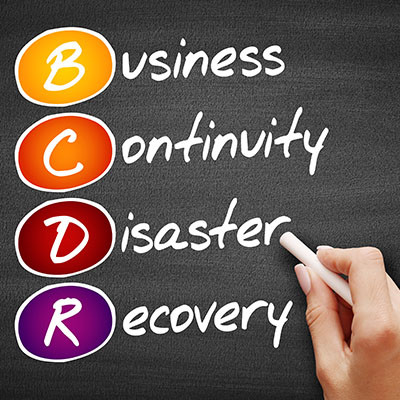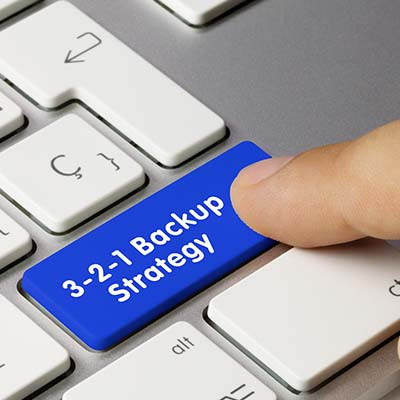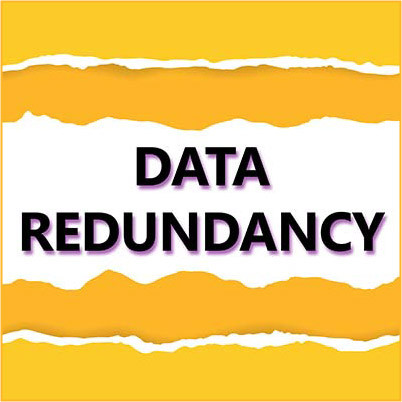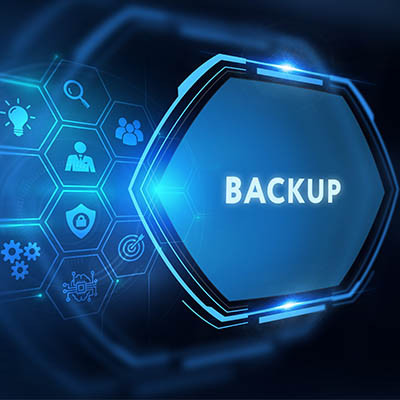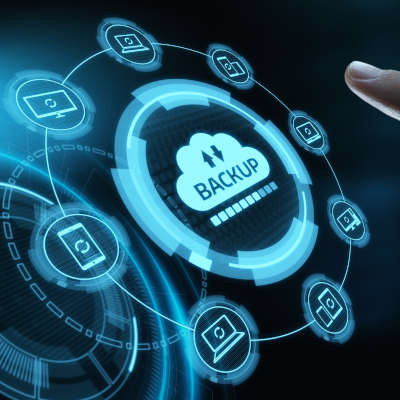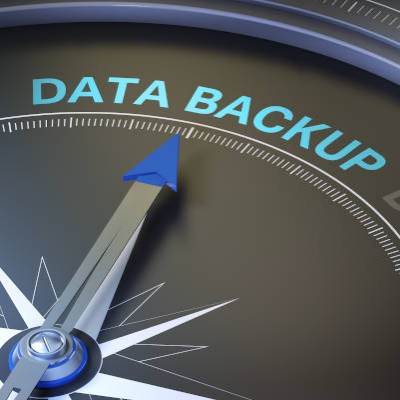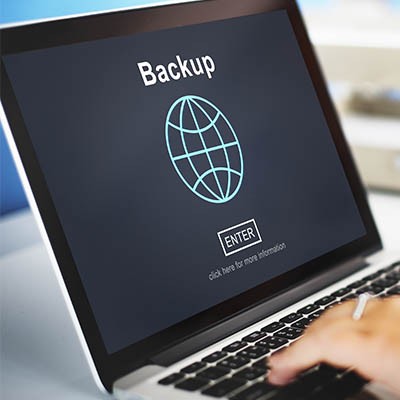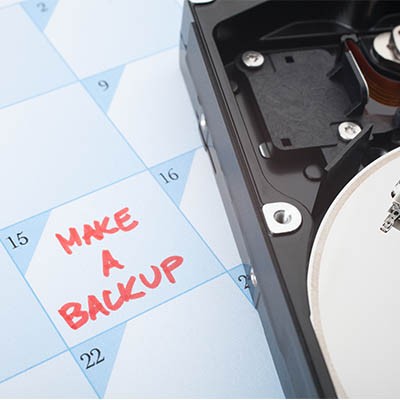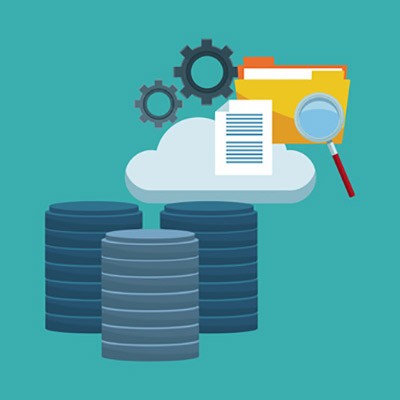When it comes to your business’ data backup and disaster recovery, you want to have clear outcomes that you aim for, as well as metrics that help you gauge success. Today, we want to highlight some of the most important metrics associated with data backup and disaster recovery, as well as the importance of testing your systems. Trust us when we say that a solid data backup and disaster recovery strategy is crucial to the success of any business—including yours.
Cerberus IT Solutions Blog
Tape backup has been used for a long time, and it was once the most prominent solution for data backup out there. Nowadays, it’s not used much at all, mostly in favor of better and more convenient solutions. However, there has been a slight resurgence in tape backup, so we want to look at why some companies might still use it, despite its flaws.
Data and technology drive modern business, and as such, data backup and disaster recovery are crucial to the continued success of any organization. There is so much at risk that it would be counterproductive to ignore these unforeseen disasters. Disaster Recovery as a Service, or DRaaS, is an effective way to combat the omnipresent threat of data loss.
Technology is center-stage in today’s business world, and when all it takes is a disaster to end operations for many businesses, it suddenly becomes incredibly important to have contingency plans in place… you know, just in case. Let’s go over how you should build an effective disaster recovery plan, as well as how to assess your company’s needs.
If you’ve spent any amount of time around us, you’ve probably had the importance of data backup and disaster recovery preparation preached to you—probably more than once. However, as closely associated as the two are, they are not the same. Let’s explore the critical differences between these two processes so you can be fully prepared to attend to both.
While we might like to think that all computer problems are an easy fix, there is only so much you can do in certain circumstances. That being said, having a couple of computer maintenance “hacks” under your belt can make things loads easier for you when you do have to get your computer repaired. Here are some tips to consider before it’s time to get your computer repaired.
We often use the term “redundant” to describe technology, and it’s easy to see this word and think about it in a negative way. However, in business technology, the exact opposite is true, and redundancy is widely seen as not just an important component of any successful IT strategy, but a critical one. What does redundancy mean to your business technology, and how can you make sure you implement it in the appropriate way?
One of the best investments you can make in your IT infrastructure is implementing a data backup and disaster recovery solution. Not only is it a crucial part of any business continuity plan, but it also helps to future-proof your business in the event of a potentially disastrous scenario. There are three big reasons why you should consider implementing data backup and disaster recovery, and if you fail to do so, you are putting your company at risk for no real reason.
For any business continuity strategy to be complete, a data backup strategy needs to be involved. This is often easier said than done: there are a lot of elements that need to be considered, and some data can go overlooked if the solution isn’t maintained. However, considering the likelihood of data loss without one, a data backup is an indispensable component to prioritize and evaluate over time.
If you’re at all familiar with us, you’re probably aware of how highly we rank data backup. If your business creates or stores any data (which we guarantee it does) you need to have a backup to protect it, as simple as that. Let’s take a few moments to review how a BDR (Backup and Disaster Recovery) can benefit your business and its long-term continuity.
We tell every business owner we come into contact with the same thing: If you haven’t done so yet, you‘ll want to establish a data backup strategy. Some businesses are really small, some operate in industries where the cost of backing up data is seemingly prohibitive to the success of the business. To the people that operate those businesses, we repeat: If you haven’t done so yet, you‘ll want to establish a data backup strategy. Let’s examine why.
I wanted to share a few stories we’ve gathered about times when a person or business has lost data. First, thank you to everyone who shared these stories with us and allowed us to publish them on our blog, and… we’re glad you made it through. The first one is a story about someone who learned their lesson the hard way.
The late American author Kurt Vonnegut once wrote, “New knowledge is the most valuable commodity on earth. The more truth we have to work with, the richer we become.” Written in the 20th century, it has been put in practice by 21st century businesses. As the Internet has grown, the amount of companies expanded, and the amount of data that those companies collect has grown exponentially, especially now that there is a market for such data.



